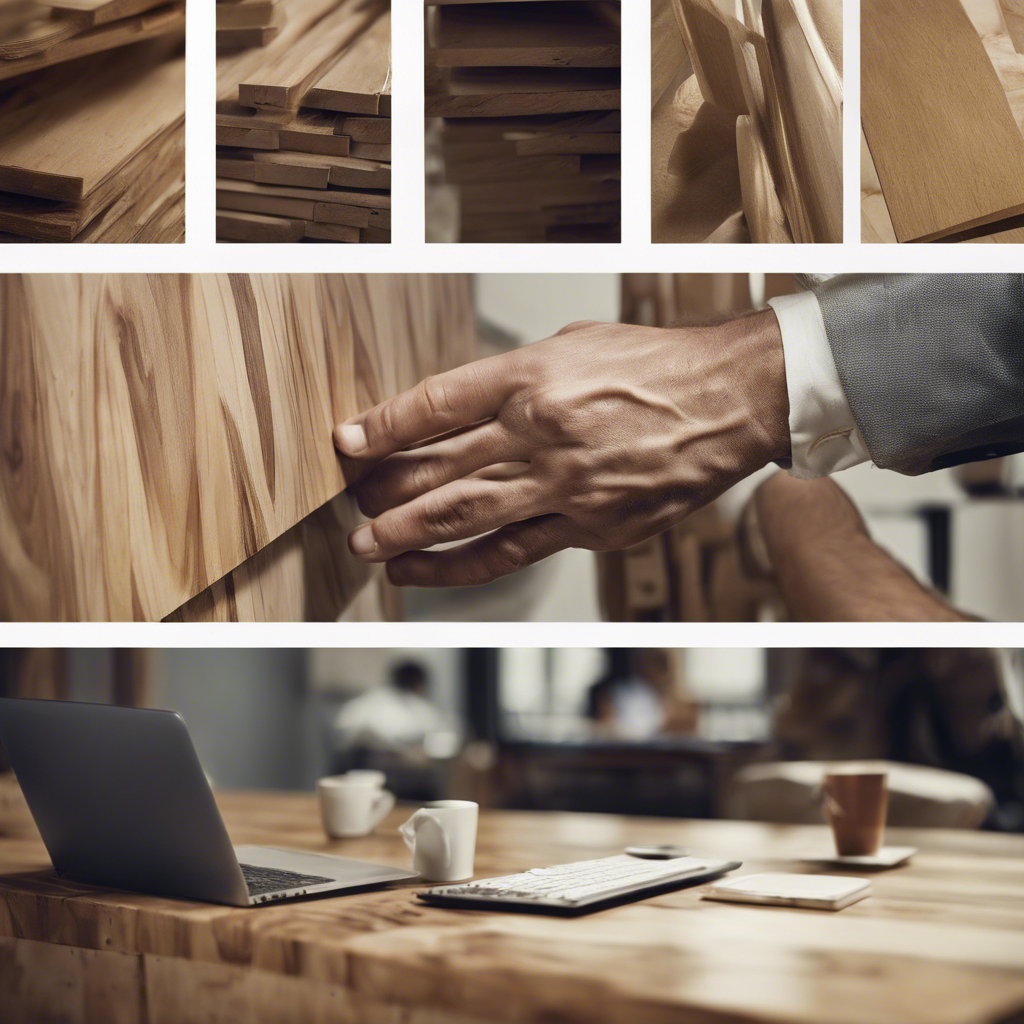MDF Board vs Plywood: Which Should You Choose?
- VINAWOOD GROUP
- Jul 14, 2024
- 3 min read
In the realm of woodworking and DIY projects, selecting the right type of material is crucial for achieving outstanding results. Two popular choices often pitted against each other are Medium Density Fiberboard (MDF) and Plywood. While both serve similar purposes, they possess distinct characteristics that can significantly impact the outcome of your projects. In this guide, we'll delve into the differences between MDF board and plywood to help you make an informed decision next time you embark on a woodworking endeavor.
MDF Board: The Versatile Contender
MDF board, short for Medium Density Fiberboard, is engineered by breaking down hardwood or softwood residuals into wood fibers and combining them with epoxy resin or wax. The resulting panel is dense, smooth, and uniform throughout. One of the primary advantages of MDF is its affordability compared to plywood. Additionally, MDF is relatively easy to work with, making it an ideal choice for intricate designs and detailed finishes. Due to its consistent density, MDF is less prone to warping or splintering, ensuring a smooth surface for painting or veneering.
> Learn more:

Plywood: The Sturdy Contender
On the other hand, plywood is a composite material made from thin layers of wood veneer glued together at right angles. This construction gives plywood inherent strength and durability, making it an excellent choice for applications where structural integrity is paramount. Plywood tends to be more water-resistant than MDF, making it suitable for projects that may be exposed to moisture. While plywood may be more costly than MDF, its natural wood grain appearance adds a touch of elegance to finished projects, making it a popular choice in cabinetry and furniture making.
> Explore further: hdo vs mdo plywood, tongue and groove plywood, walnut plywood, white oak plywood
Comparing MDF Board and Plywood
When it comes to deciding between MDF board and plywood, several factors should be considered:
Strength and Durability
MDF : While MDF is dense and smooth, it is more susceptible to moisture damage and is less durable compared to plywood.
Plywood : Plywood's layered construction provides strength and resistance to warping or twisting, making it ideal for structural applications.
> Discover more: burnt plywood floor, plywood edge banding, plywood garage walls, plywood kitchen cabinets
Cost and Affordability
MDF : Generally more cost-effective than plywood, making it an attractive option for budget-conscious projects.
Plywood : Despite being pricier, plywood's durability and versatility justify its higher cost for certain projects.
Versatility and Workability
MDF : Easier to cut, shape, and finish due to its consistent composition, making it suitable for intricate designs and painted finishes.
Plywood : Offers greater structural stability and is well-suited for applications that require load-bearing capacity or exposure to moisture.
> Get more details: pine plywood, ac plywood, bamboo plywood, bendable plywood,poplar plywood
Choosing the Right Material for Your Project
The decision between MDF board and plywood ultimately depends on the specific requirements of your project. Consider the following tips to help you select the right material:
Indoor Projects : For indoor projects that require smooth finishes and intricate details, MDF may be the better option due to its workability and consistency.
Outdoor Projects : When building outdoor furniture or structures that are exposed to the elements, plywood's durability and moisture resistance make it a more suitable choice.
Structural Applications : If your project involves load-bearing elements or structural integrity is crucial, plywood's strength and stability make it the preferred material.
> Read more: 1/8 inch plywood, 15/32 plywood, 19/32 plywood, 5x10 plywood
In conclusion, both MDF board and plywood have their unique strengths and applications in the world of woodworking. By understanding the differences between these two materials and considering the specific requirements of your project, you can make an informed choice that ensures the success of your woodworking endeavors.
Remember, whether you opt for the versatility of MDF board or the sturdiness of plywood, selecting the right material is the first step towards creating exceptional woodworking projects that stand the test of time.
So, what will be your material of choice for your next woodworking masterpiece?
Let us know in the comments below!
> Get more details:



Comments